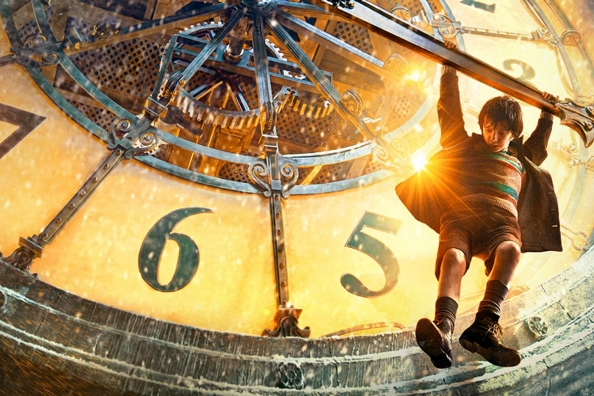Judging by HUGO, 3D has come a long way since The Creature from the Black Lagoon, which, if you see it in revival, is a fun glimpse of ’50s pop history, but as cinema, well… Counterintuitively, 3D doesn’t make a two-dimensional movie seem more like the three-dimensional universe. On the contrary, it creates a certain unreality, parceling out the world on a series of planes that regress more like a hall of mirrors than like genuine depth perception.
To be sure, there are occasional effects that make us feel as though we are moving through space, or that an object is lunging towards us. But the true virtues of the technique lie in marrying it to a congenial subject matter. In this case, it turns a work of literature for kids into a kind of grand pop-up book of trains, machinery , tunnels and passageways, peopled by oversized human cutouts, while also paying homage to the quaint wizardry of the early cinema.
Last year, I saw a screening of Werner Herzog’s Cave of Forgotten Dreams, which went into the Chauvet caves of France to cast a lingering gaze on our pre-history. Herzog introduced the film and was right to say that it had to be in 3D to capture the spatial experience of the artwork. There is even an echo of the Black Lagoon in the mutant crocodiles who make a last minute appearance. I think, however, that it works better, given the unreality effect, in the fictional context of a HUGO, which I enjoyed on those terms, and a few others as well. There’s even a bit of tango dancing in it.
Check listings for viewing options.
